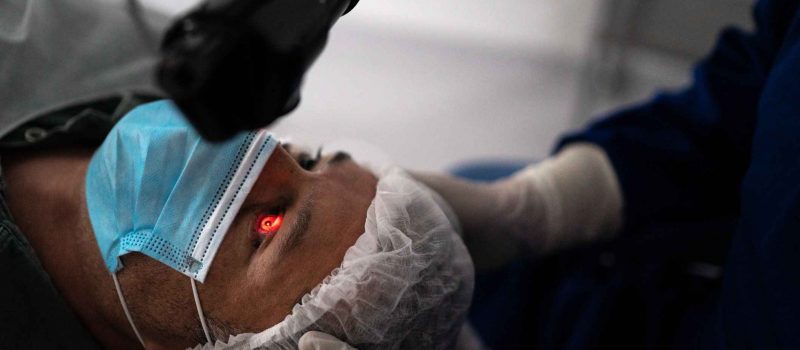Cataract is clouding of the eye’s natural clear lens which causes blurry vision. Cataract is usually an age-related phenomenon and surgery is the only remedy.
Common symtoms of cataract include:
- A painless blurring of vision
- Glare, or light sensitivitiy
- Poor night vision
- Double vision in one eye
Cause of cataract include: Age related
- Medical problems such as diabetes
- Injury to the eye Medications, especially steroids
- Long-term, unprotected exposure to sunlight
- Previous eye surgery
- Unknown factors.
One of Dr. Akshata’s specialization is Phacoemulsification – a modern approach to Cataract surgery. This widely used method does not require injections, stitches or eye pad and patients resume their normal day-to-day life much sooner with fewer restrictions.

